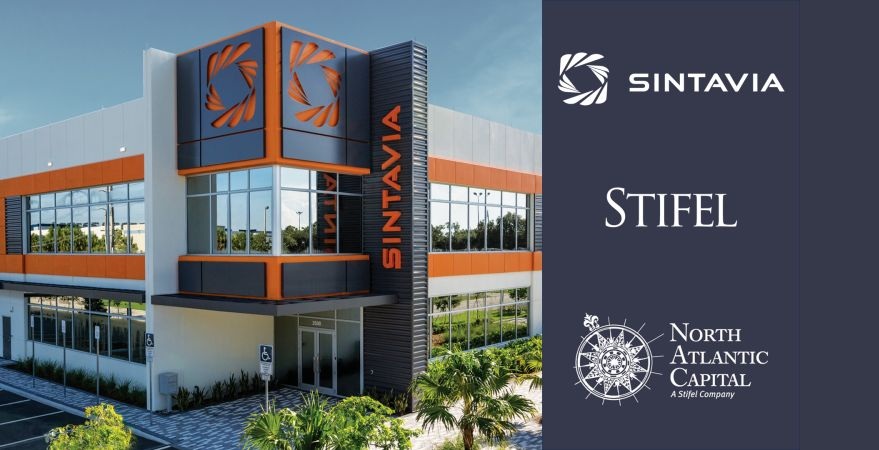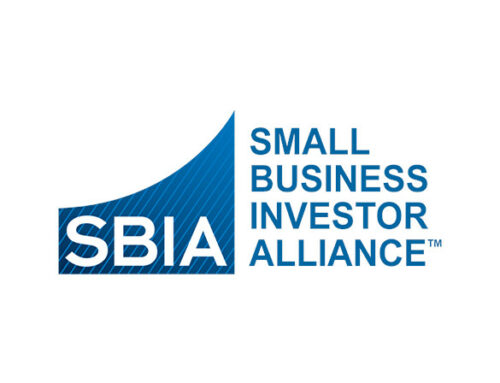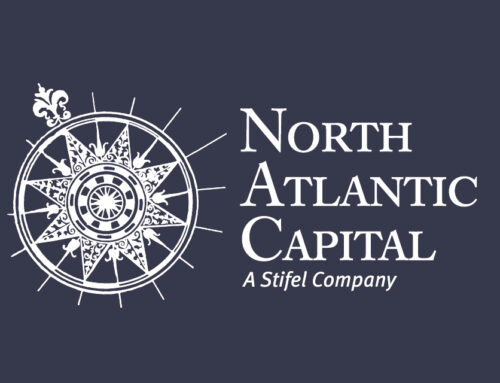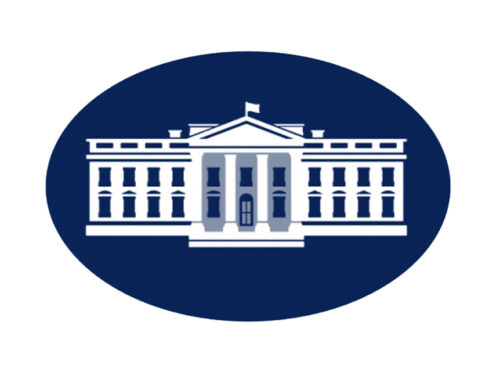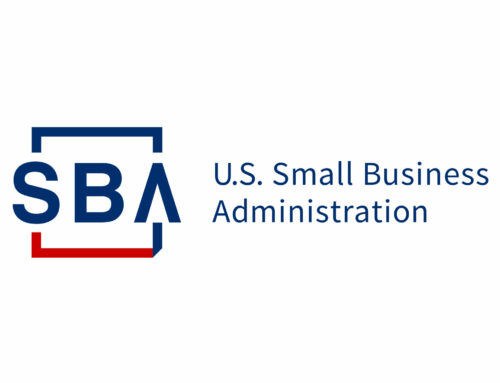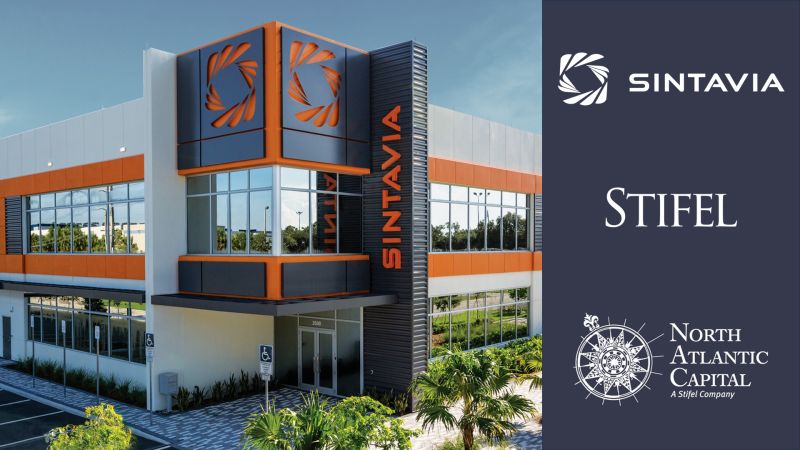
The need for greater resiliency in the defense supply chain is real and urgent. One area the US government has been focusing on is building a faster and more sustainable parts supply through advanced additive manufacturing (AM), onshored in the US. This was the motivation behind the Stifel North Atlantic AM Forward Fund — a collaboration between North Atlantic Capital Management (North Atlantic) (a Stifel company), ASTRO America, the Small Business Administration (SBA), and the Department of Defense (DoD) — aimed at accelerating the defense supply chain through debt investments in small US manufacturers.
In April 2025, I had the chance to sit down with Mark Morrissette, a Managing Director at North Atlantic, and Jason Gorey, a Director of Investments at North Atlantic and Director at ASTRO America, to discuss the Fund and the types of companies they’re looking to support.
“The purpose of the Fund is to invest in small businesses in the defense supply chain looking to add or increase their AM production,” said Morrissette. “We want to onshore manufacturing, improve the defense supply chain, and advance the technology used in that supply chain, especially for aerospace, defense, and marine applications.”
After raising capital from strategic and institutional investors, and gaining the required regulatory approvals from the SBA and the DoD, the AM-Forward Fund placed its first investment in February 2025 with Sintavia, a Florida-based AM parts production specialist and self-described “world’s leading all-digital aerospace component manufacturer.”
In fact, Morrissette noted that Sintavia is an ideal target for the Fund: “Sintavia is a great model of what we are looking for. The target is US-based manufacturing businesses operating anywhere in the advanced/AM value chain — design, powder, part manufacturing, and post-processing. Most of the businesses we expect to invest in will have less than $10 million in annual earnings before interest, taxes, depreciation, and amortization (EBITDA).”
While existing AM experience is preferred, they will also consider established manufacturers working to adopt metal AM, especially those with existing (traditional) contracts from the DoD.
Gorey outlined the Fund’s overall requirements:
Experience within the defense aerospace supply chain, showing the capacity to scale;
Proven, confident leadership with a track record of success implementing business plans;
AM experience is a plus, but not a requirement; and
Traditional manufacturers with significant roots in the defense space looking to adopt or expand into metal AM.
Gorey added that existing investment casting houses wanting to 3D print casting patterns might also interest the Fund, since this can accelerate casted part production.
The AM Forward Fund uses a range of financing structures tailored to the specific needs of small businesses. Unlike traditional loans or equity financing, it is essentially “a growth investment,” said Morrissette.
“It is typically structured as patient, long-term debt with some equity features — not buyouts, not venture capital. Small manufacturers often have access to equipment financing–type debt, but have trouble accessing the additional capital they need,” he noted.
A key goal of the Fund is to enable working capital, as opposed to just buying a machine.
“This is, for the most part, intended to be working capital. It gives the ability to fund training, hiring, and parts qualifications that are so expensive,” said Gorey. “This funding can be used to address the whole problem, not just buying a machine. It can cover things like specialized labor, qualifying a machine, material, and process development, design costs, and post-processing. We envision that it will help companies implement AM and start returning profits.”
But how does a manufacturing company even start the process with the AM Forward Fund?
“We don’t have a formal application process, but we do track and research companies within the industry that might be a good fit and approach them,” said Morrissette. “We also receive leads from our strategic investors, who are DoD prime contractors. To get started, we are generally looking for an overview presentation that describes the existing business and the plans for the future. We have a page where company principals can send a business plan for us to review.”
If the initial assessment of the business plan seems promising, company managers should expect a relationship-building phase. While company credentials and individual expertise are important, the fund managers are as interested, if not more so, in having a solid relationship with the target company.
“Prior to funding, it was just as important for us to develop a good working relationship with the North Atlantic team as it was for them to develop a relationship with us,” said Brian Neff, CEO of Sintavia and the Fund’s first investment. “These funds represent the first institutional capital ever invested in Sintavia, and having financial investors involved in a company for the first time is a big deal. There is often apprehension surrounding new institutional capital, but that was not the case here. Not only is the North Atlantic team knowledgeable about additive technology, they are also fully aligned with us in the pursuit of Sintavia’s long-term strategic success as an aerospace & defense component OEM.”
Gorey and Morrissette are optimistic about the overall outcome of this Fund.
“If we are successful with this Fund, obviously good financial returns are important, but it’s more than that, and that is what makes this Fund so unique,” said Morrissette. “Our metrics will also be focused on whether we have made an impact on the industrial supply chains and extended AM across states. Is this a model that needs to continue? Have we improved manufacturing capacity in the US?”
Gorey agrees: “This Fund is critical for the health of the defense supply chain. It’s very important because the defense supply chain is far too dependent on foreign sources. If we can diversify the domestic supply base and reduce risks tied to foreign-supplied parts and bottlenecks, that’s a huge win for the country.”
“We are a small fund,” concluded Morrissette, “but if we can positively impact the defense industrial base, we open the door for a lot more investment.”

